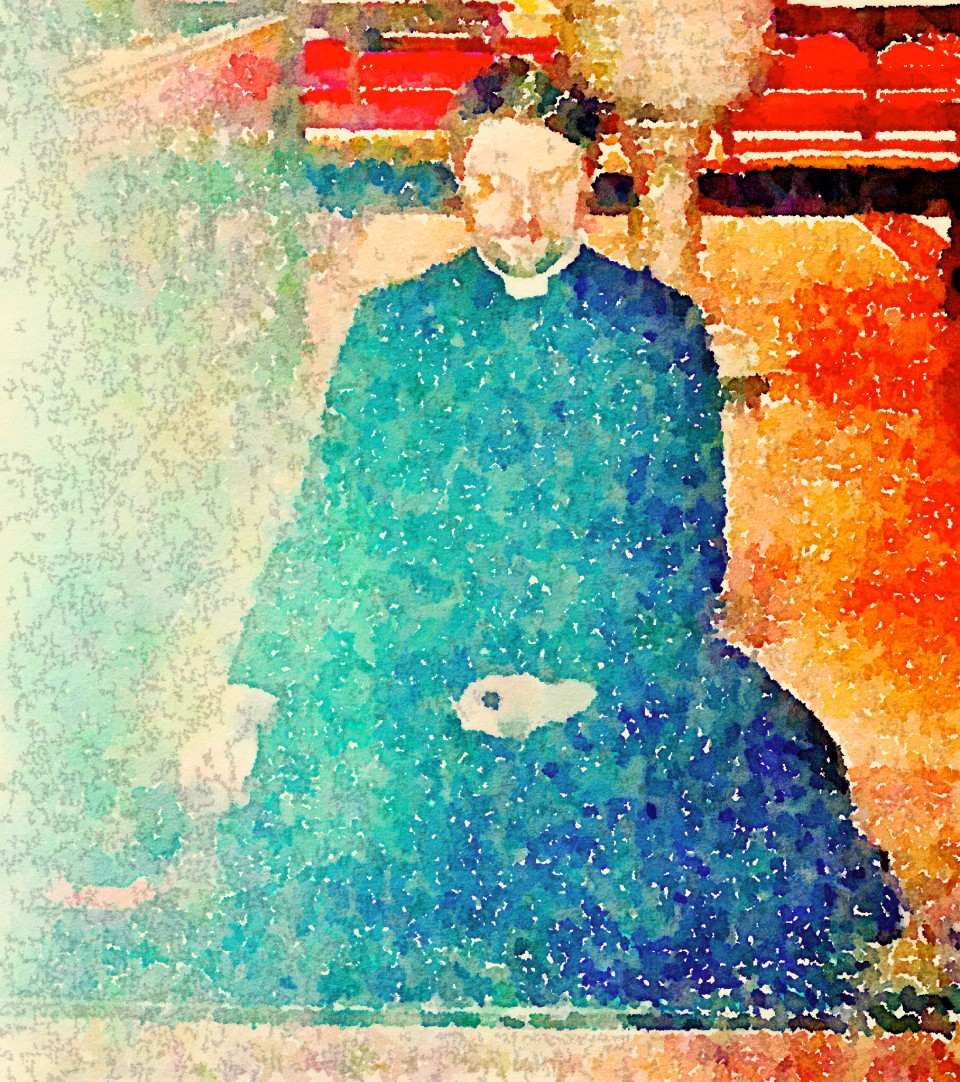Tags
blessing, Christianity, discipleship, Faith, Father Troy Beecham, Father Troy Beecham Episcopal, God, healing, Holy Spirit, Jesus, missionary, monk, Peace, philosophy, prayer, saints, Salvation, theology, Trinity, troy beecham episcopal, truth
Today the Church remembers Hidegard of Bingen, abbess and visionary.
Ora pro nobis.
Hildegard of Bingen OSB (German: Hildegard von Bingen; Latin: Hildegardis Bingensis; 1098 – 17 September 1179 AD), also known as Saint Hildegard and Sibyl of the Rhine, was a German Benedictine abbess, writer, composer, philosopher, Christian mystic, visionary, and polymath. She is considered to be the founder of scientific natural history in Germany.
Hildegard was elected magistra by her fellow nuns in 1136 AD; she founded the monasteries of Rupertsberg in 1150 AD and Eibingen in 1165 AD. One of her works as a composer, the Ordo Virtutum, is an early example of liturgical drama and arguably the oldest surviving morality play. She wrote theological, botanical, and medicinal texts, as well as letters, liturgical songs, and poems, while supervising miniature illuminations in the Rupertsberg manuscript of her first work, Scivias. She is also noted for the invention of a constructed language known as Lingua Ignota.
Although the history of her formal consideration is complicated, she has been recognized as a saint by branches of the Roman Catholic Church for centuries. On 7 October 2012 AD, Pope Benedict XVI named her a Doctor of the Church.
Visions
Hildegard said that she first saw “The Shade of the Living Light” at the age of three, and by the age of five she began to understand that she was experiencing visions. She used the term ‘visio’ to this feature of her experience, and recognized that it was a gift that she could not explain to others. Hildegard explained that she saw all things in the light of God through the five senses: sight, hearing, taste, smell, and touch. Hildegard was hesitant to share her visions, confiding only to Jutta, who in turn told Volmar, Hildegard’s tutor and, later, secretary. Throughout her life, she continued to have many visions, and in 1141 AD, at the age of 42, Hildegard received a vision she believed to be an instruction from God, to “write down that which you see and hear.” Still hesitant to record her visions, Hildegard became physically ill. The illustrations recorded in the book of Scivias were visions that Hildegard experienced, causing her great suffering and tribulations. In her first theological text, Scivias (“Know the Ways”), Hildegard describes her struggle within:
“But I, though I saw and heard these things, refused to write for a long time through doubt and bad opinion and the diversity of human words, not with stubbornness but in the exercise of humility, until, laid low by the scourge of God, I fell upon a bed of sickness; then, compelled at last by many illnesses, and by the witness of a certain noble maiden of good conduct [the nun Richardis von Stade] and of that man whom I had secretly sought and found, as mentioned above, I set my hand to the writing. While I was doing it, I sensed, as I mentioned before, the deep profundity of scriptural exposition; and, raising myself from illness by the strength I received, I brought this work to a close – though just barely – in ten years. (…) And I spoke and wrote these things not by the invention of my heart or that of any other person, but as by the secret mysteries of God I heard and received them in the heavenly places. And again I heard a voice from Heaven saying to me, ‘Cry out therefore, and write thus!’”
It was between November 1147 and February 1148 AD at the synod in Trier that Pope Eugenius heard about Hildegard’s writings. It was from this that she received Papal approval to document her visions as revelations from the Holy Spirit, giving her instant credence.
Before Hildegard’s death, a problem arose with the clergy of Mainz. A man buried in Rupertsburg had died after excommunication from the Church. Therefore, the clergy wanted to remove his body from the sacred ground. Hildegard did not accept this idea, replying that it was a sin and that the man had been reconciled to the church at the time of his death.
On 17 September 1179 AD, when Hildegard died, her sisters claimed they saw two streams of light appear in the skies and cross over the room where she was dying.
God of all times and seasons: Give us grace that we, after the example of your servant Hildegard, may both know and make known the joy and jubilation of being part of your creation, and show forth your glory not only with our lips but in our lives; through Jesus Christ our Savior, who lives and reigns with you and the Holy Spirit, one God, for ever and ever.
Amen.


You must be logged in to post a comment.